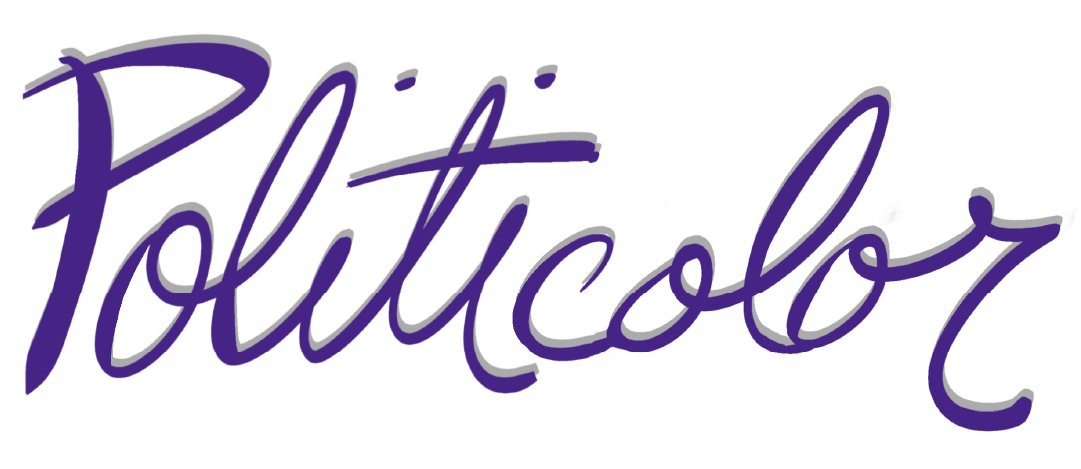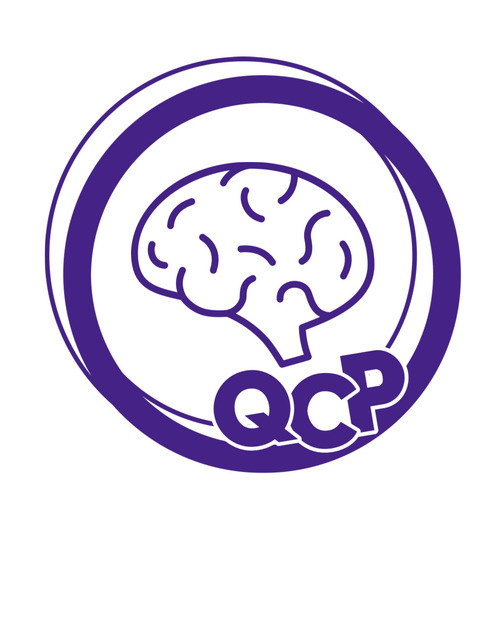My Fellow Citizens,
Spray cans left at the bottom of the Robert E. Lee statue in Richmond, Virginia invited everyone to leave their mark. People there transformed the space around the monument into a community space, some described the scene as a “focus of civic outpouring.”
The pictures posted online include basketball and ballerinas. Look at the t-shirts and you’ll find the claim, “I am my ancestors’ wildest dreams.”
I heard a journalist reflect on a message he saw when he visited the space. On one corner of the monument, a message read, “This time is different.” That’s the answer to a question at the center of so many conversations right now.
Is it different this time? Will there be any real change when this is over?
Ezra Klein used this question to initiate his conversation with Ta-Nehisi Coates on his podcast. Klein asked what he saw when he looked at the current moment. Coates sees progress. He surprised himself when he said that he sees hope.
Coates shared his thoughts about a recent conversation with his father, who could remember events in 1968:
“The idea that black folks in their struggle against the way the law is enforced in their neighborhoods would resonate with white folks in Des Moines, Iowa, in Salt Lake City, in Berlin, in London — that was unfathomable to him in ’68, when it was mostly black folks in their own communities registering their great anger and great pain.”
Throughout the rest of the conversation, Coates returns to this idea. He would much rather be here, where we are than back in 1968. To him, and his dad, it looks different this time.
We have the data to back up his dad’s observations too. The Guardian used a recent poll to run the headline, “9 out of 10 Americans say racism and police brutality are problems.” Pew Research has reported that support for Black Lives Matter now cuts across age groups and ethnicities in new ways. The Washington Post’s Monkey Cage counted 5,000 individual protest events beginning in May that involved millions of participants and earned more media coverage than any protest in 50 years. The New York Times lends its data visualizations to their headline, “Black Lives Matter May Be the Largest Movement in U.S. History.”
This broad support matters. It’s part of what makes this moment different from those in the past.
Theda Skocpol is a political scientist who made an intense study of the Tea Party nearly a decade ago. In a 2017 interview about grassroots activism for climate change, she offered the lessons she had learned about what makes a movement work, “Politics is not just about policy ideas in the abstract. Politics is about who we are and how we do a better job, and so a broader group of people have to be involved in that conversation.”
When sharing some hope for progress on climate change, Skocpol observed, “more and more Americans realize something is happening.” That’s where we are today with a video of George Floyd’s death and a movement that had been building awareness since Michael Brown’s death in Ferguson, Missouri.
More and more Americans have realized something is happening and that it reflects on who we are. They have shown up for protests across the country to say we can do better.
The Confederate monuments at the center of our current debate stand as reminders of the Lost Cause. They overshadow what was a lost opportunity.
Speaking to his congressional colleagues in 1865, Thaddeus Stevens saw this opportunity in adopting a plan for Reconstruction (Congress’s strict plan after the Civil War) rather than Restoration (President Johnson’s more forgiving plan). He warned his colleagues:
“The whole fabric of Southern society must be changed, and never can it be done if this opportunity is lost. Without this, this government can never be, as it has never been, a true republic.”
A recent op-ed from Michelle Alexander, the author of The New Jim Crow, helps us see what that opportunity looks like now:
“In recent days, we’ve seen what it looks like when people of all races, ethnicities, genders, and backgrounds rise together, standing in solidarity for justice, protesting, marching, and singing together, even as SWAT teams and tanks roll in. We’ve seen our faces in another American mirror — a reflection of the best of who we are and what we can become.”
Alexander urges readers to “begin the process of racial reckoning” in their communities. With this moment of crisis, we can engage the powerful work of asking who we are and how we can do a better job.
This is one more chance at the opportunity to be the republic we have never yet been.
Let’s work through it together,
Shellee
Questions of Civic Proportions
“Start by doing what’s necessary; then do what’s possible; and suddenly you are doing the impossible.”
—Saint Francis of Assisi
Is the Roberts Court proving to be resistant to extreme partisanship?
“But this may be the most striking statistic: He has been in the majority in every one of the 11 rulings decided by a 5-to-4 or 5-to-3 votes so far this term. No chief justice has been in the majority in every closely divided case over an entire term since Chief Justice Charles Evans Hughes in the term that ended in 1938—and that was only in four cases.”
What is important to understand in the story about whether or not Russia paid bounties to kill U.S. soldiers?
The news about evidence that Russia paid bounties for killing U.S. soldiers has been hard to follow. Plenty of stories focus on the timeline of what President Trump knew and when he knew it. If you want to understand the story itself, give twenty-four minutes to this episode of The Daily (New York Times). Eric Schmitt, the journalist who covers terrorism and national security, walks through the evidence and the timeline of gathering those details.
The Fix (Washington Post) offers a detailed timeline of what is known, including the several shifts in the administration’s response to the story. Writing for Lawfare, J. Dana Stuster does important work by putting the story in the larger context of strategic maneuvering in Afghanistan. He carefully treats what is unknown and shows why a restrained response might be the best response:
“The collapse of the U.S.-supported peace process would play directly into Russia’s hands, providing an opening for Russia to once again try to initiate a parallel diplomatic track that would empower its favored partners at the expense of the legitimate government in Kabul.”
Defense One, a publication for national security professionals, offers their take in the headline, “In Russian Bounties, Former Diplomats See Effort To Mess With U.S.—But Not Much More.“
What reforms would help us do a better job at policing?
Look deeper into the question of how to reform the police and you’ll run into someone recommending Alex Vitale’s book The End of Policing. The first chapter opens with a litany of names, people killed by their local police. Vitale titles the chapter “The Limits of Police Reform,” and provides a snapshot of the status quo. He attempts to busts the myths that shape our thinking about the police and discusses what reform efforts have looked like.
Reformers recommend this book because it goes further than this. Vitale also shows how alternative policies would offer “greater openness and transparency.” Here’s his diagnosis of the problem when the book was published in 2017:
“By calling for colorbllind ‘law and order,’ they strengthen a system that puts people of color at a structural disadvantage and contributes to their deep social and legal estrangement. At root, they fail to appreciate the basic nature of the law and the police, since its earliest origins, is to be a tool for managing inequality and maintaining the status quo. Police reforms that fail to directly address this reality are doomed to reproduce it.”
Join the #CitizensRead Book Club for The Second Founding by Eric Foner
Fight the “forgetting curve” when it comes to the books you read. Join our book club to reflect on what you’re reading as we make an inquiry of the question: What does equality require of us?
There’s still time to sign up before we officially pick up our first title in the series, The Second Founding: How the Civil War and Reconstruction Remade the Constitution* by Eric Foner.
*Affiliate link. When you use Bookshop to purchase your books, you support Politicolor and your local independent bookstore.
Good Work: Reading Frederick Douglass Together
In many places across the country, Fourth of July fireworks sounded a little more homespun this year. One community tradition persisted despite concerns for the pandemic, Reading Frederick Douglass Together presented by the Massachusetts Foundation for the Humanities.
Fran Smith, a resident of Boston featured in the video, explains the importance of this annual celebration, “Reading this speech lets us reflect on the contradictions within our Constitution, and our values, and our practice.” The video included here shows residents of all ages taking part in many different settings. There are public parks and community centers, retirees, and elementary school children. Their voices take on notes of strength, resilience, and power when they read Douglass’ words.
A tradition to read the speech aloud in the Boston Commons predates the effort now supported by the Massachusetts Foundation for the Humanities. Their participation has helped carry the tradition beyond Boston. CBS News covered the celebration this year. Their story shows the hopefulness that accompanied the criticism in the speech. The community’s tradition of revisiting the abolitionist’s words makes it possible to deliberate on both what we have accomplished and what we still need to do.
CBS interviewed Keidrick Roy, a PhD candidate in American Studies at Harvard, who leads the community reading in Somerville, MA. Reflecting on Douglass, the speech and its meaning today, Keidrick says:
The tradition of reading Douglass’ famous speech then works to reaffirm this commitment to working towards our founding principles. With this in mind, consider the reflections that Boston’s WBUR published under the headline: July 4th is Different This Year, and Also the Same. ‘Independence’ Day Is Complicated.

